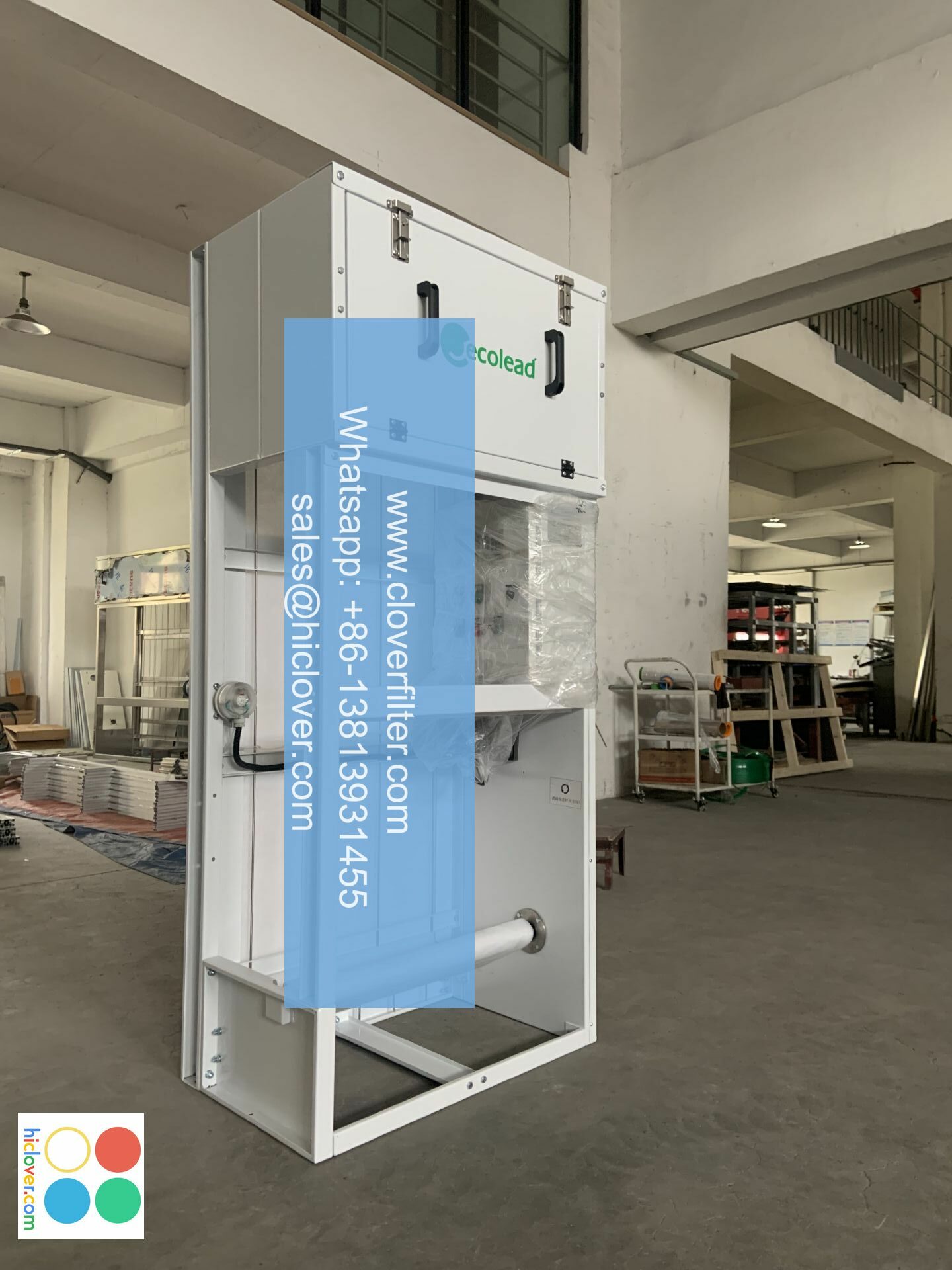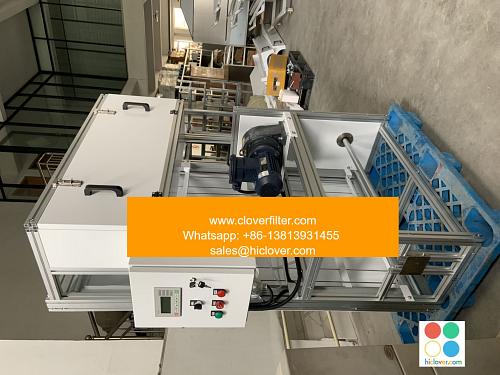Air Filter Testing: Methods and Standards

Air filter testing is a crucial process that ensures the efficiency and effectiveness of air filters in various applications, including heating, ventilation, and air conditioning (HVAC) systems, industrial air filtration, and cleanroom technology. The primary goal of air filter testing is to evaluate the filter’s ability to remove airborne contaminants, such as particulate matter (PM), gases, and microorganisms, while maintaining a specified airflow rate and pressure drop.
Testing Methods
Several testing methods are used to evaluate the performance of air filters, including:
- Particle size distribution testing: This method involves measuring the size and concentration of particles in the air before and after filtration to determine the filter’s efficiency and penetration.
- Aerosol challenge testing: This method uses a nebulizer to generate a aerosol with a known particle size distribution, which is then passed through the filter to evaluate its capture efficiency.
- Gas phase testing: This method involves measuring the concentration of gases, such as volatile organic compounds (VOCs) and nitrogen dioxide (NO2), before and after filtration to determine the filter’s gas removal efficiency.
- ASHRAE Standard 52.2: This standard provides a framework for testing and evaluating the performance of air filters in HVAC systems.
- ISO 16890: This international standard provides a classification system for air filters based on their particulate removal efficiency and pressure drop.
- EN 1822: This European standard provides a testing protocol for evaluating the performance of high-efficiency particulate air (HEPA) filters.
- Commercial buildings: Air filters are used to maintain indoor air quality (IAQ) and prevent the spread of airborne diseases in office buildings, hospitals, and schools.
- Industrial processes: Air filters are used to control emissions and prevent air pollution in industrial processes, such as chemical manufacturing and oil refining.
- Cleanroom technology: Air filters are used to maintain ultra-clean environments in cleanrooms, which are used in semiconductor manufacturing, pharmaceutical production, and biotechnology research.
Testing Standards
Various testing standards are used to evaluate the performance of air filters, including:
Application Areas
Air filter testing is crucial in various application areas, including:
Conclusion
In conclusion, air filter testing is a critical process that ensures the efficiency and effectiveness of air filters in various applications. By using standardized testing methods and protocols, manufacturers and users can evaluate the performance of air filters and ensure that they meet the required standards and regulations. As the demand for clean air and healthy indoor environments continues to grow, the importance of air filter testing will only continue to increase, highlighting the need for advanced testing methods and stricter standards in the air filtration industry. You haven’t asked a question or provided any context. What would you like to talk about or ask? I’ll do my best to help.

